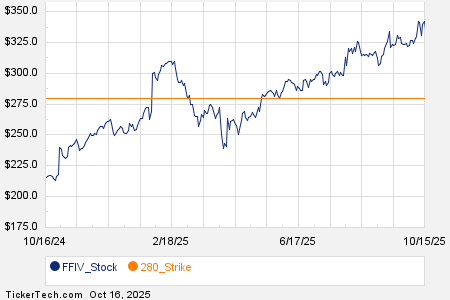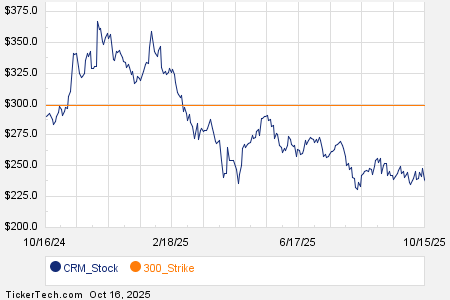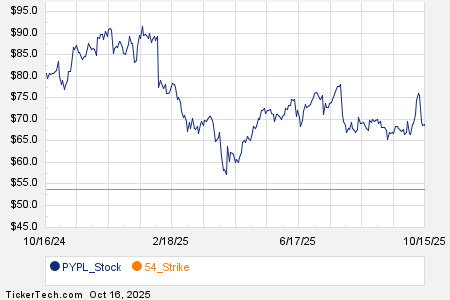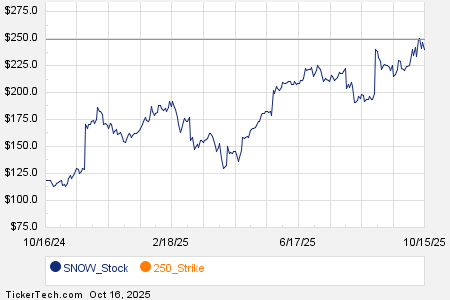Oil Prices Rise as US Inventories Fall and Geopolitical Tensions Persist
Crude Oil and Gasoline Prices Increase Amid Mixed Economic Signals
February WTI crude oil (CLG25) today is up +0.72 (+1.02%), and February RBOB gasoline (RBG25) is up +0.0289 (+1.47%).
Crude oil and gasoline prices have seen moderate gains today, marking a 5-week high for crude and a 2-week high for gasoline. The increase is supported by last Friday’s EIA report, which revealed a drop of -4.24 million barrels in US crude inventories, significantly exceeding expectations of -600,000 barrels. Additionally, a surge of +18% in natural gas prices to a one-year high is also contributing to the rise in crude prices, following forecasts of colder-than-normal weather for the US East and Midwest. However, today’s strong dollar and fluctuating stock markets have limited further gains in crude prices.
US Economic Data Offers a Mixed Picture for Oil Demand
Today’s economic reports present a mixed outlook for crude prices. On the positive side, November pending home sales increased +2.2% month-over-month, surpassing expectations of +0.8%. Furthermore, the December Dallas Fed manufacturing outlook unexpectedly rose +5.1 to a 2-3/4 year high of 3.4, defying predictions of a decline to -3.0. Conversely, the December MNI Chicago PMI dropped -3.3 to a 7-month low of 36.9, falling short of the expected increase to 43.0.
Geopolitical Tensions and Sanction Talks Fuel Oil Market Concerns
The oil market remains affected by global political uncertainties. President-Elect Trump recently made headlines by threatening to seize the Panama Canal if transit rates are not reduced, while also discussing tariffs and increased sanctions. The potential for new sanctions on Iranian and Russian crude exports may further restrict global oil supplies, contributing to an optimistic outlook for prices. Trump’s national security adviser pick, Mike Walz, stated intentions to resume a “maximum pressure” approach towards Iran, while the Biden administration is evaluating stricter sanctions on Russian crude oil.
Crude Oil Stockpiles and OPEC Decisions Bolster Prices
Support for crude prices has also stemmed from a recent report showing a decrease in crude oil held worldwide on stationary tankers, as Vortexa noted a -16% week-over-week drop to 60.27 million barrels as of December 27. OPEC+ has adjusted its plans, delaying a scheduled production hike of +180,000 barrels per day from January to April. Moreover, the UAE has postponed a 300,000 barrels per day increase in its crude production target. OPEC had initially planned to restore 2.2 million barrels per day in monthly increments from January until late 2025, but that schedule has been pushed to September 2026. Notably, OPEC’s November crude production rose +120,000 barrels per day to a total of 27.02 million barrels per day.
Global Conflicts and Shifting Demand Impact the Oil Market
The ongoing conflict between Ukraine and Russia is influencing crude prices. Recently, Russia launched a hypersonic missile into the city of Dnipro, amidst Ukraine’s enhanced use of Western-supplied long-range missiles targeting Russian territory. Russian President Putin warned of potential strikes on decision-making centers in Kyiv, alongside approving an updated nuclear doctrine that broadens the conditions for the use of nuclear weapons.
China’s Declining Demand Weighs on the Oil Market
Weakened crude oil demand in China presents a bearish factor for prices. Bloomberg reports a -2.14% annual decline in apparent oil demand for November to 14.013 million barrels per day, with a year-to-date decrease of -3.26% to 13.996 million barrels per day. As the world’s second-largest crude consumer, shifts in China’s demand play a critical role in the global oil landscape.
US Crude Oil Inventories and Rig Counts Provide Insight
The latest EIA report highlighted that US crude oil inventories as of December 20 were -6.1% below the seasonal 5-year average, while gasoline inventories were -2.8% below the same average, and distillate inventories were -8.2% lower. In the week ending December 20, US crude production slightly declined by -0.1% week-over-week to 13.585 million barrels per day, which remains just beneath the record high of 13.631 million barrels per day from the week of December 6. As of last Friday, Baker Hughes reported that active US oil rigs remained unchanged at 483, slightly above last month’s 2-3/4 year low of 477 rigs. Over the past two years, the number of US oil rigs has decreased from the 4-1/2 year high of 627 rigs recorded in December 2022.
On the date of publication,
Rich Asplund
did not have (either directly or indirectly) positions in any of the securities mentioned in this article. All information and data in this article are solely for informational purposes. For more information please view the Barchart Disclosure Policy
here.
The views and opinions expressed herein are the views and opinions of the author and do not necessarily reflect those of Nasdaq, Inc.






